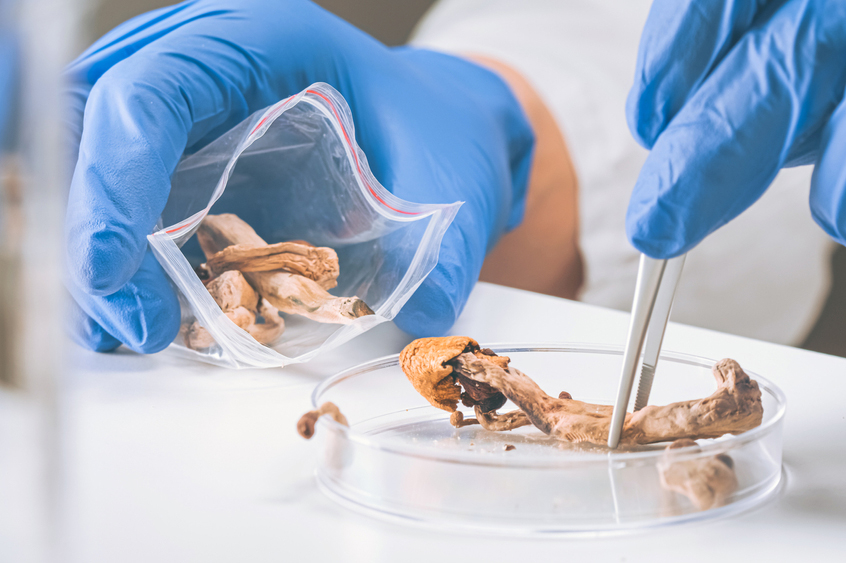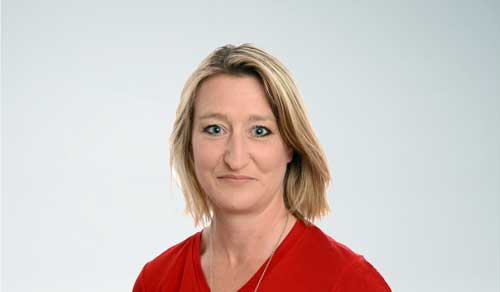The era of psychedelic medicine may have arrived.
On February 3, Australia's Therapeutic Goods Administration announced that, beginning July 1, 2023, authorized psychiatrists would be able to prescribe medicines containing psilocybin and the synthetic drug MDMA (known as ecstasy) to treat certain mental health conditions, including depression and post-traumatic stress disorder. Australia thus became the first country to officially recognize psychedelic substances as medicines.
For many patients with specific treatment-resistant mental illnesses, the decision is a welcome response to the current lack of treatment options. Advocates are hopeful that this is the first step of many to expand the use of psychedelics to other countries and to treat a range of conditions, from alcoholism to obsessive-compulsive disorder.
For life and health insurers, the implications could be profound. As the need for mental health services and associated insurance coverage increases, the quest for solutions becomes more urgent. Psychedelics may be part of the solution. (Note: This article focuses on non-synthetic, natural substances vs. synthetics like MDMA.)
What are Psychedelic Substances?
Psychedelic substances, commonly called hallucinogens, are psychoactive compounds that occur naturally in plants or are made synthetically in a laboratory. At specified dosages, they can cause a person to hallucinate and can affect a person’s thinking, mood, sense of place and time, and bodily control. Psychedelic plants have been used for centuries and were traditionally consumed during sacred ceremonies. Today, many botanicals that contain hallucinogenic substances, such as ayahuasca (dimethyltryptamine/DMT), “magic mushrooms” (psilocybin), peyote (mescaline), and salvia divinorum (salvinorin-A), are used as alternative treatments for conditions such as anxiety, stress, depression, substance addiction, and pain.
Lysergic acid diethylamide (LSD) is probably the best-known synthetic psychotropic substance (drugs that affect the mind). LSD became popular in the 1960s but was subsequently designated a Schedule I drug by the U.S. Drug Enforcement Agency (DEA) in 1968. Schedule I drugs are defined as those with “no currently accepted medical use and a high potential for abuse.”1 They include synthetic 2C-B (2,5-dimethoxy-4-bromophenethylamine), DMT, mescaline, and psilocybin.2
The European Monitoring Centre for Drugs and Drug Addiction, which follows the U.N.’s system, lists psychotropic substances, such as 2C-B, DMT, LSD, mescaline, and psilocybin, as Schedule I substances, noting that such drugs present “a high risk of abuse, posing a particularly serious threat to public health which are of very little or no therapeutic value.”3
Prevalence of Use
The Global Drug Survey 2021, based on data from over 32,000 people in 22 countries, showed that lifetime use and last year use of psilocybin (“magic mushrooms”) was 33.4% and 15.7% respectively. For DMT, a substance found in ayahuasca, respondents reported lifetime use at 8.9% and last year use at 4.3%. By comparison, cannabis tetrahydrocannabinol (marijuana), which is not a psychedelic, was by far the most popular drug with lifetime use and last year use of cannabis tetrahydrocannabinol reported at 74.5% and 57.4%, respectively.4
Figure: Rates of global drug use (%) 2021 by category4
The 2019 U.S. National Survey on Drug Use and Health estimated 1.9 million Americans aged 12 and older had used hallucinogenic substances within the past month, akin to the level of misuse of pain relievers, cocaine, and tranquilizers/sedatives (2 million each). Past-year users of hallucinogens totaled 6 million, higher than tranquilizer or sedative misuse (5.9 million), or cocaine use (5.5 million). Hallucinogen use among people aged 12 and older increased from 1.8% in 2015 to 2.2% in 2019, and among adults aged 26 and older, it increased from 0.8% in 2015 to 1.5% in 2019.5




